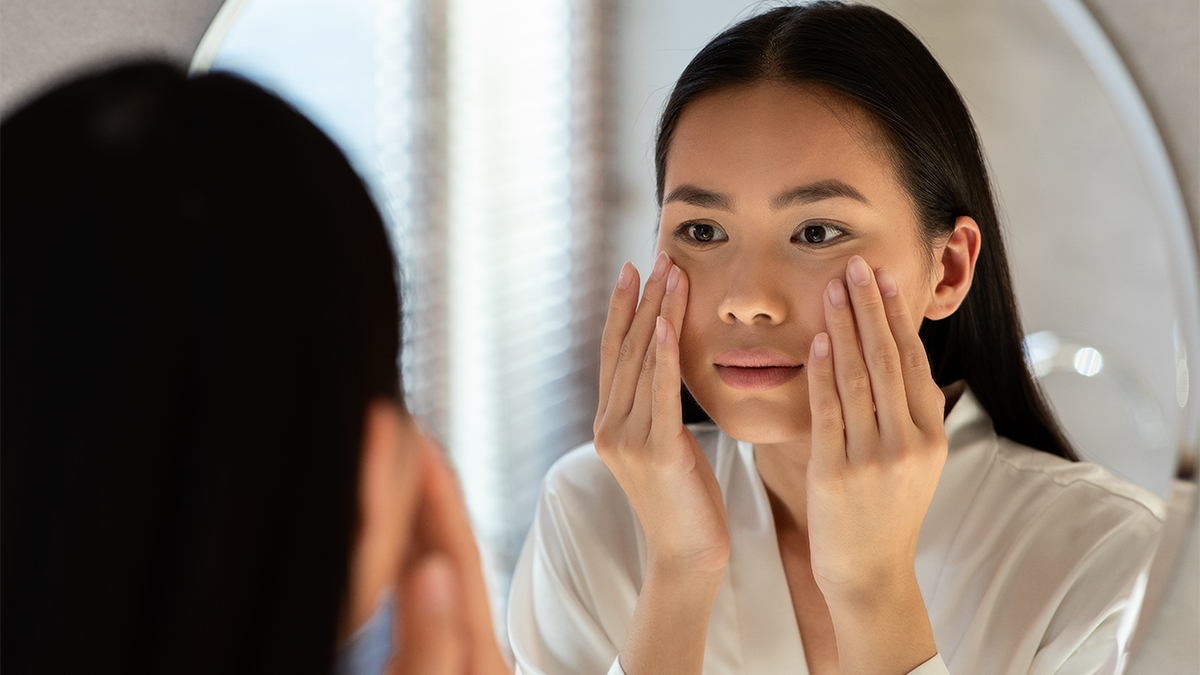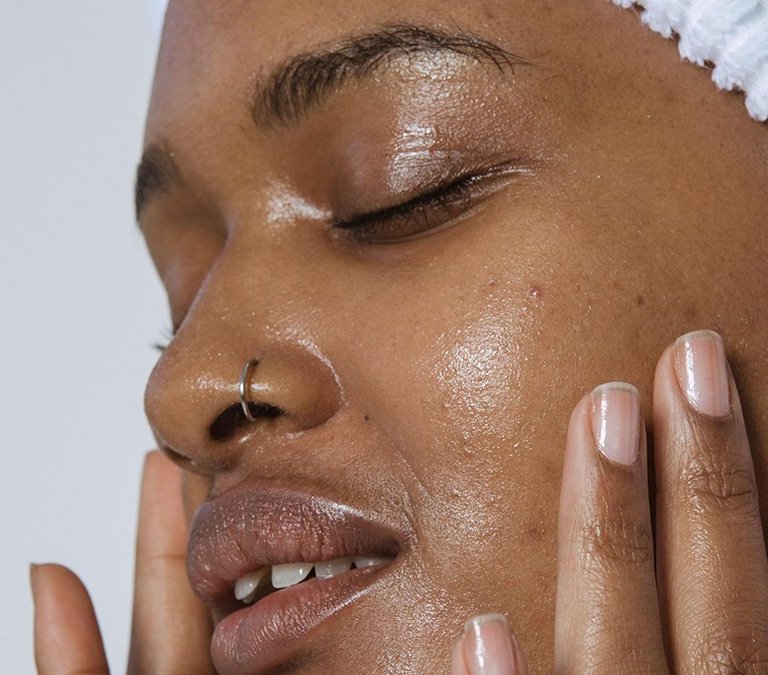
Having clear, #nofilter skin has become skincare goals. So much so that we will try just about anything once to achieve a naturally perfect flawless finish. The reality is that REAL, unfiltered skin will inevitability have to deal with some type of skin blemish now and then.
[SEE ALSO: 4 Reasons You Should See A Dermatologist]
But what are those blemishes? Are they from acne or something else? For starters, a blemish is a term used for a wide type of issues, from spots and discoloration to flaws or scarred skin. Discoloration or spots can be managed at home by following the proper skincare routine. However, sometimes blemishes can develop into more serious conditions that must be treated by a dermatologist.
So, let me explain to you the main types of skin blemishes, how to get rid of them with skincare products, and when it is time to visit a doctor instead of searching for at-home remedies.
Acne Blemishes
From small whiteheads to noticeable cysts, acne is the most common type of blemish. It can appear on the face, chest, back, and other parts of the body where hair follicles are plugged with oil and dead skin cells. This can be caused by a range of reasons, including genetic, hormonal, and lifestyle factors.
Non-inflammatory types of acne like whiteheads and blackheads can be treated at home by following a skincare routine that includes salicylic acid, benzoyl peroxide, chemical exfoliants (like glycolic or lactic acid), and topical retinoids.
But, inflamed and more severe forms of acne like papules, pustules, nodules, and cysts may not respond to regular skincare solutions. So, if your acne doesn’t seem to go away with skincare products, maybe it’s time to visit your doctor to get a prescription for oral or topical antibiotics and retinoids.
Hyperpigmentation: Dark Spots, Age Spots, & More
Then there are those dark or discolored spots. This is called hyperpigmentation and includes other skin conditions like age spots, acne scarring, and melasma. All of these issues are due to an overproduction of melanin as a response to sun exposure, inflammation, and hormonal changes.
In order to beat these blemish blues, your skincare routine should contain active ingredients to help increase cell turnover or inhibit melanin production. This includes arbutin, azelaic acid, hydroxy acids, kojic acid, or retinoids. Moreover, the best way to prevent hyperpigmentation problems is by limiting sun exposure and not picking at any acne or bumps you may already have. Please, remember to use high-SPF sunscreen and sun-protective clothing!
Sometimes, some dark spots and especially melasma don’t fade away with regular skincare. If it’s been a few months and nothing is happening, it’s time to call your dermatologist! They can prescribe creams with hydroquinone or procedures such as laser, light treatments, and microdermabrasion to help you level out and level up your skin goals. Most importantly, if a dark spot has irregular borders or changes in size or color, you MUST visit the doctor to rule out any signs of skin cancer.
Do you struggle with skin blemishes? How do you treat them? Let us know in the comments below!



